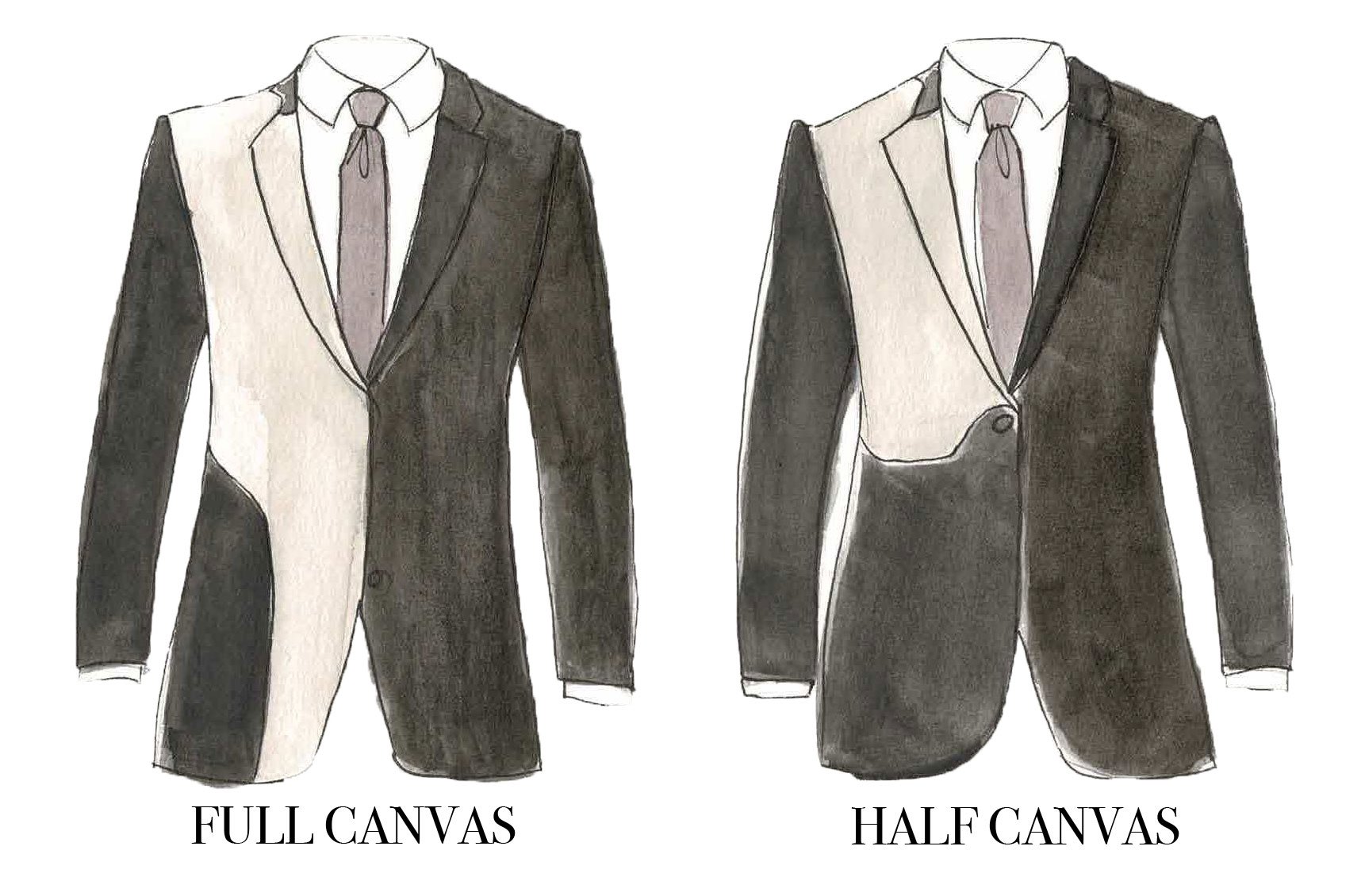What Makes A Quality Suit
Just about every guy has seen another man wearing a well-made suit and has thought, “That’s a good-looking suit!” So for a bunch, such as us, who are very visual, what are we looking at/seeing that’s making us swoon for a quality suit.
A good quality suit comes down to three things really, the cut, the make and the trim or CMT.
Let’s start with the Cut. That refers to the how the jacket and trousers fit. There are generally three categories in men’s suits, American, British and European aka Italian.
A regular American cut men’s suit will feature a jacket with wider shoulders and a lightly tapered waist. The pants will have a higher rise and more room in the thigh. That makes a quality suit like that of a more day to day piece because it’s less restrictive. Some suit aficionados will tell you that this suit’s looser fit, was Americans’ way of thumbing their noses at their stodgy British forefathers.
That takes us to the next cut, the British. These men’s suits have their origins in the military and so tend to announce authority with padded shoulders, heavy canvassing (the layers of material between the exterior shell of the suit and the inner lining) and a closely fitted waist. The pants usually have a high waist, flat front and are double pleated.
The final cut is European or Italian otherwise known as the slimmest fit of them all. Italian or extra slim suit jackets tend to have no shoulder padding, they’re more slimming at the waist and have higher buttons, usually with no pocket flaps. The pants usually have high hips, a tapered waist and no break. Generally, these quality suits are made with lighter fabrics because of their Mediterranean origins.
The next element is the M of our acronym, “the Make.”
The make of a quality suit refers to how it was constructed and sewn together. For example, is it hand sewn or machine made? I’m not going to get into too many details that will make your eyes glaze over. But I will paint a picture, one of fingers holding a needle like a sturdy blade in battle, pushing and pulling as if every stitch was a blade parry or thrust. Each one a matter of life or death. That is the kind of workmanship that goes into a quality suit. There are also more tangible elements like a soft shoulder as opposed to one that feels more structured. Then there’s the lining of a men’s suit. The best quality suits will have a canvas or half canvas lining rather than being fused together with glue.
The final element is T for “the Trim”.
You know the old saying about the devil being in the details. It’s the same with a quality men’s suit. The trim refers to the details. That starts with the fabric. If your suit’s label reads “blend”, “polyester” or “man-made” gently put it down and back out of the store. A quality suit’s label should read 100% wool or more. Another element in a quality suit is the stitching. You don’t want a suit that looks like it’s been made by anyone with the surname, Frankenstein. The stitches on your suit should be smooth and look like they’re holding the material together securely. Other things to look out for in a good quality suit include the pockets, buttonholes and the buttons themselves. Machine sewn pockets can fall apart with use. Stiff lapels without a slight roll are a no-no. Plastic buttons … uh-uh. Horn buttons with plastic hooks can also fall apart with usage. You don’t want your button falling off when you’re in a meeting or on a hot date.
So in closing, a quality suit does not skip the details. These are the things that you need to look out for, so that your suit fits as well as the one you saw that other guy wearing.



